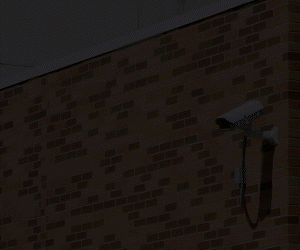However, unfunded physical security mandates and pricey safety technologies have left some school leaders wondering how to fit these solutions into their budgets.
What to Prepare Before Starting a Physical Security Upgrade
Most of the grants for K–12 physical security technologies are competitive grants, especially at the federal level, so schools need a plan in place before they begin the process of applying and upgrading.
This should include working with all the stakeholders in the district — school safety directors, chief operations officers in charge of facilities and maintenance, IT directors and CTOs, and superintendents. It shouldn’t be up to individual building administrators to create physical safety plans for their schools, as this can lead to a mismatched collection of physical security tech across the district.
KEEP READING: Protect K–12 schools with the four pillars of physical safety.
Local law enforcement and first responders should also be involved in a district’s plans so they’re prepared to act in an emergency. Private schools must apply through their law enforcement agencies in cases where grants are available only to public entities.
Another requirement schools should consider before they apply for funding is a physical security audit. Many states require audits before awarding schools funding. In some jurisdictions, the assessments must be conducted by specific agencies — for example, the Texas School Safety Center — but in others, the assessments can be performed by third parties, including law enforcement organizations and technology partners, such as CDW.
Apply for School Physical Safety Grants at the State Level
States increasingly have grants available for physical safety upgrades in K–12 schools. Georgia, Michigan, Pennsylvania and Texas have notably offered funding to support these measures. Utah is one of the latest to do so, with the state government allocating $100 million in one-time funding and $2.1 million in ongoing funding in a bill that passed in March.








![[title]Connect IT: Bridging the Gap Between Education and Technology](http://www.edtechmagazine.com/k12/sites/default/files/articles/2014/05/connectit.jpg)




